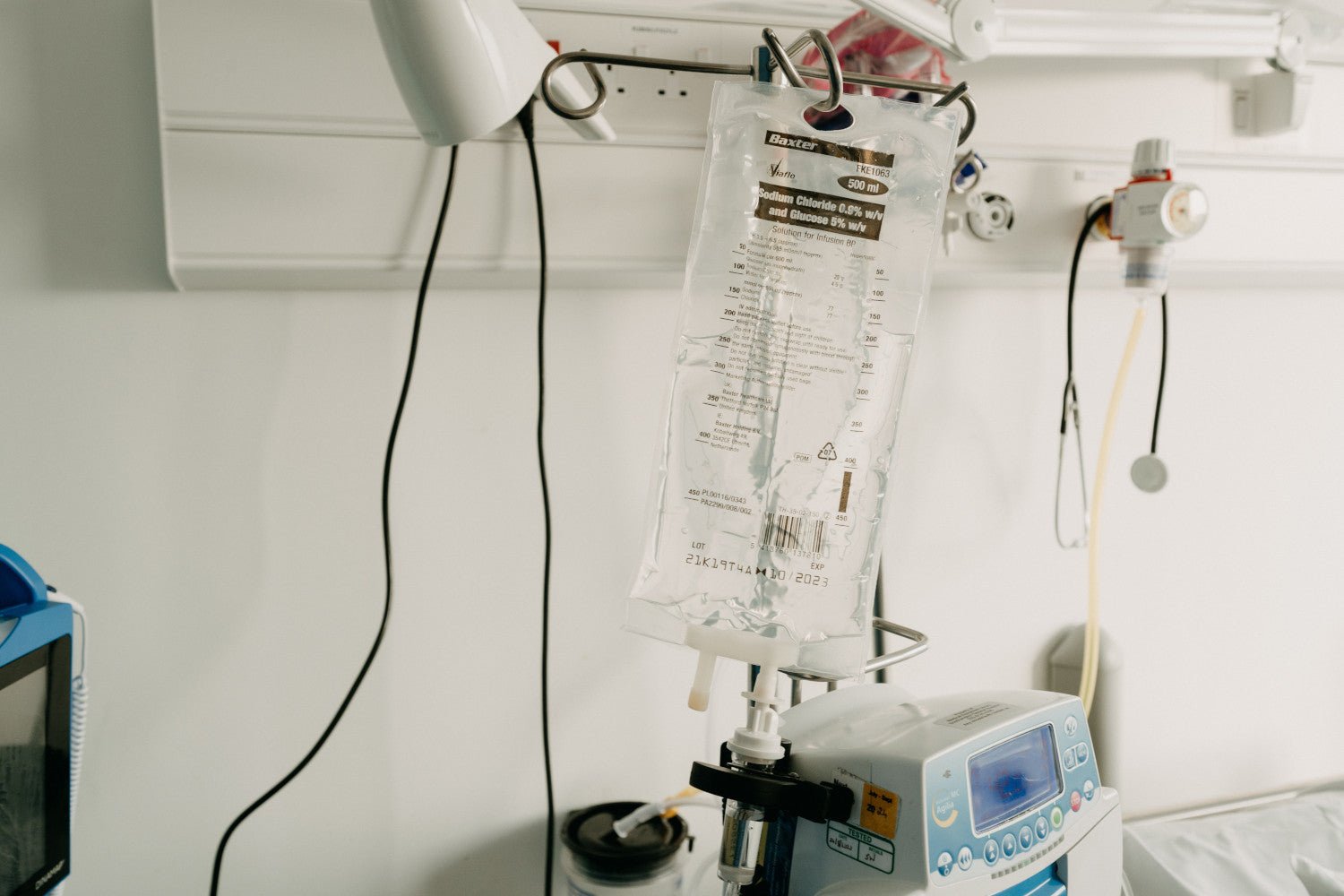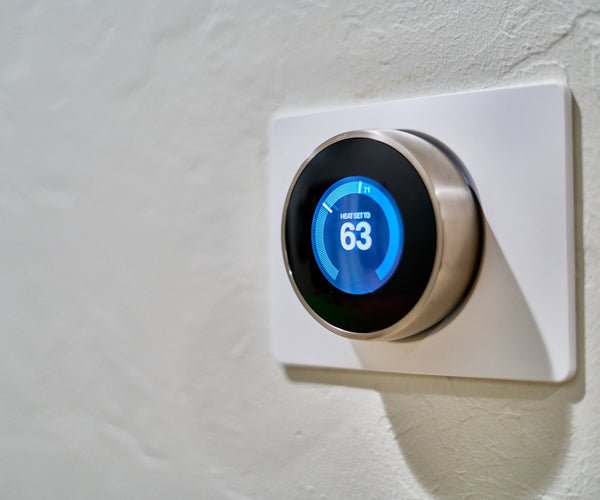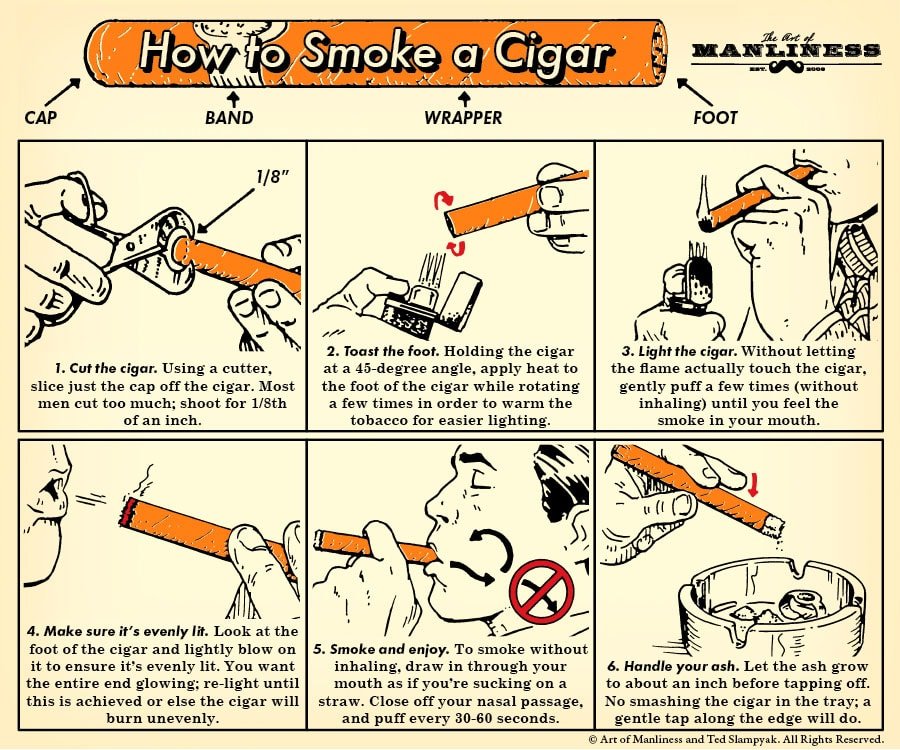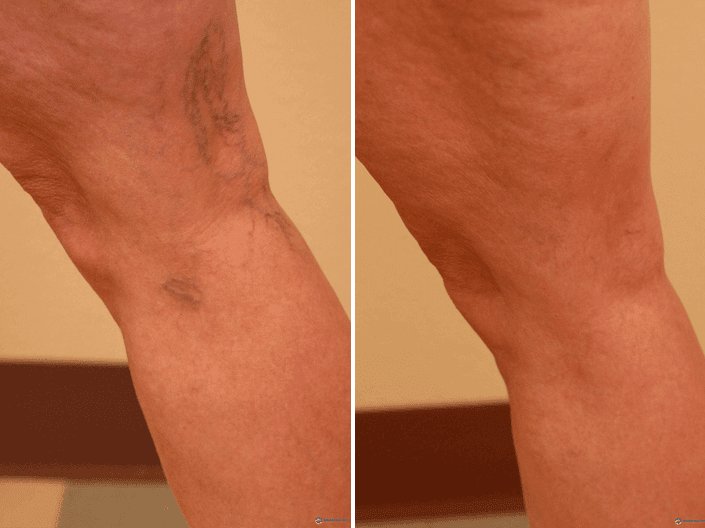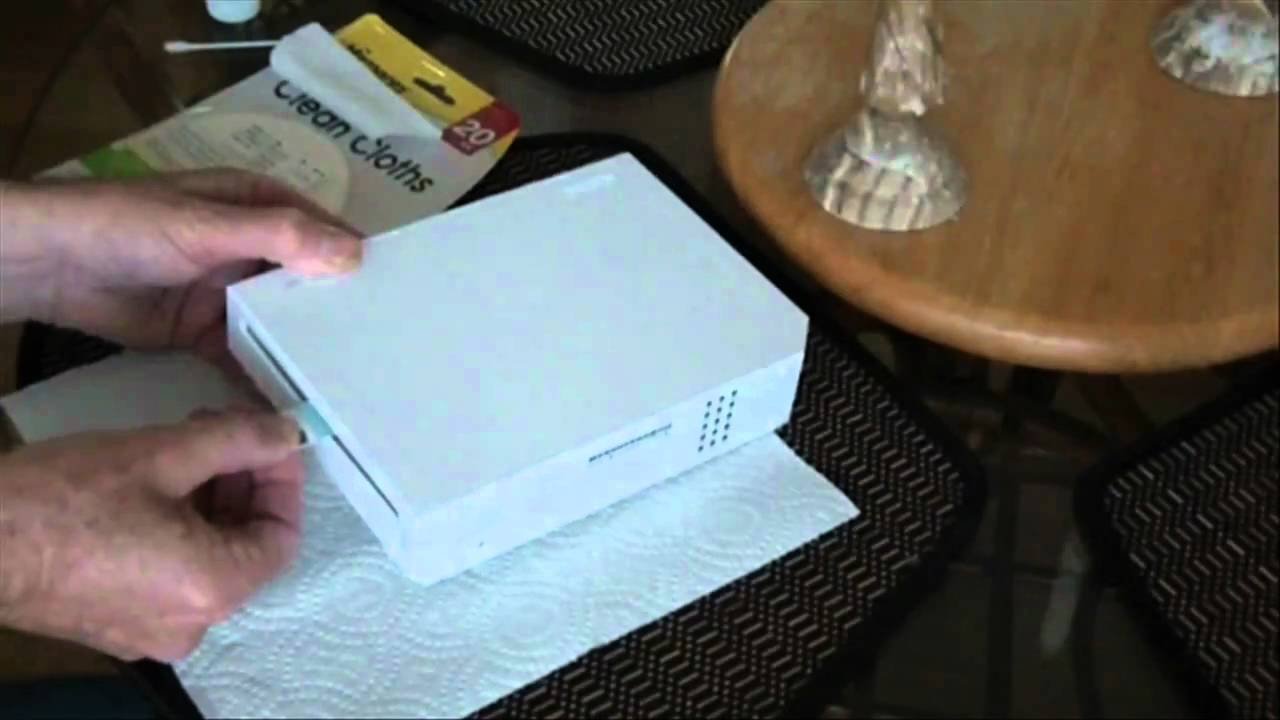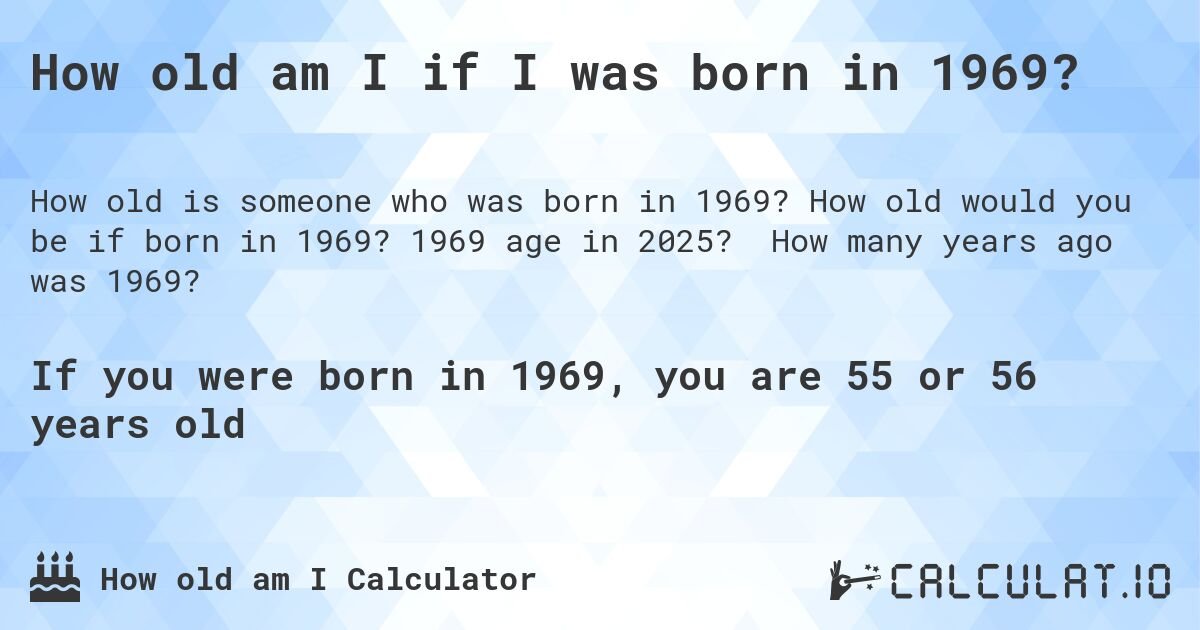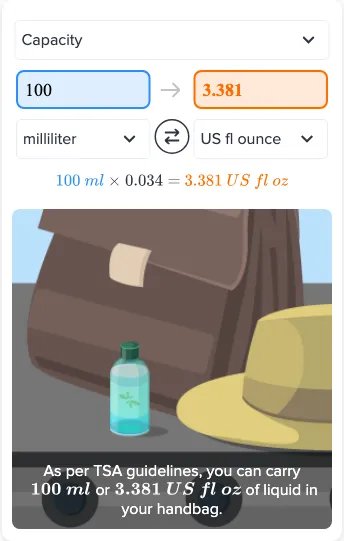An IV drip in the hospital typically takes anywhere from 30 minutes to several hours, depending on the medication or fluids being administered. The duration can vary based on the patient’s condition and the dosage required. Understanding how long does an iv drip take in hospital is crucial for both patients and healthcare providers. Let’s delve into the factors influencing the duration of IV therapy and what to expect during the process.
How Long Does an IV Drip Take in Hospital?
Welcome, curious minds! Have you ever wondered how long it takes for an IV drip to work its magic in a hospital setting? Well, wonder no more! In this blog post, we’ll delve into the fascinating world of IV drips, exploring their purpose, the different types, and most importantly, how long they typically take to do their job. So, sit back, relax, and let’s embark on this informative journey together!
The Basics of an IV Drip
Before we dive into the time it takes for an IV drip to deliver its contents, let’s first understand what an IV drip is. An intravenous (IV) drip is a sterile, plastic tube that is inserted into a vein in a patient’s body. This tube is connected to a bag filled with fluids, medications, or nutrients that are slowly administered directly into the bloodstream. IV drips are commonly used in hospitals to deliver substances quickly and effectively to patients who may not be able to take them orally.
The Purpose of IV Drips
IV drips serve a variety of purposes in a hospital setting. They can be used to provide hydration to patients who are unable to drink fluids, deliver medications that need to act fast, administer nutrients to patients who cannot eat, or even monitor certain aspects of a patient’s health, such as blood pressure or oxygen levels.
Types of IV Drips
There are several types of IV drips, each serving a specific purpose. Some common types include:
- Saline Drips: Used to replenish fluids and electrolytes in the body.
- Medication Drips: Administered to deliver specific drugs directly into the bloodstream.
- Nutrient Drips: Provide essential nutrients to patients who cannot eat.
Factors Affecting IV Drip Time
The time it takes for an IV drip to complete its course can vary depending on several factors. Some of the key factors that can influence the duration of an IV drip include:
- The type of fluid or medication being administered
- The patient’s individual needs and condition
- The flow rate set on the IV pump
Typical Duration of an IV Drip
So, how long does an IV drip take in a hospital? The answer isn’t always straightforward, as it can vary widely based on the factors mentioned above. However, in general, most IV drips run over a period of several hours. For example, a saline drip for hydration might typically run over 4 to 6 hours, while a medication drip could last anywhere from 30 minutes to a few hours, depending on the drug and dosage.
It’s important to note that healthcare professionals closely monitor IV drips throughout the infusion process to ensure that the patient is receiving the correct amount of fluids or medication at the prescribed rate.
And there you have it, explorers! The journey through the world of IV drips has come to an end. We’ve learned about the basics of IV drips, their purposes, the different types, the factors affecting their duration, and how long they typically take in a hospital setting. Remember, the next time you see someone with an IV drip, you’ll have a better understanding of the essential role it plays in their recovery.
Stay curious, stay informed, and keep exploring the fascinating world of healthcare!
Trick to reset IV drip chamber
Frequently Asked Questions
How long does an IV drip typically take to administer in a hospital setting?
An IV drip can take varying amounts of time to administer in a hospital, depending on the type of medication or fluid being infused, the patient’s condition, and the flow rate set by the healthcare provider. Generally, IV drips can range from as quick as 15-30 minutes to several hours.
What factors can influence the duration of an IV drip in a hospital?
Several factors can influence how long an IV drip takes in a hospital. These factors include the type and amount of medication or fluid being delivered, the patient’s weight and overall health, the desired therapeutic effect, and the specific infusion rate prescribed by the healthcare provider.
Is there a way to speed up or slow down the administration of an IV drip in a hospital?
Yes, the speed of an IV drip can be adjusted by the healthcare provider based on the patient’s needs. They can increase or decrease the flow rate of the IV drip to ensure that the medication or fluid is delivered at the appropriate rate for the individual patient’s condition.
What are some common medications or fluids delivered through an IV drip in a hospital?
IV drips in a hospital can deliver a wide range of medications and fluids, including antibiotics, pain medications, electrolyte solutions, blood products, and chemotherapy drugs. The specific medication or fluid being administered will determine the duration of the IV drip.
Final Thoughts
In conclusion, the duration of an IV drip in the hospital varies depending on the specific treatment and individual circumstances. Factors such as the type of medication, dosage, and patient’s response play key roles. Most IV drips typically take between 30 minutes to a few hours to administer. It’s important for healthcare providers to monitor progress closely. Patients should feel free to ask their healthcare team about the expected duration of their IV drip in the hospital.

